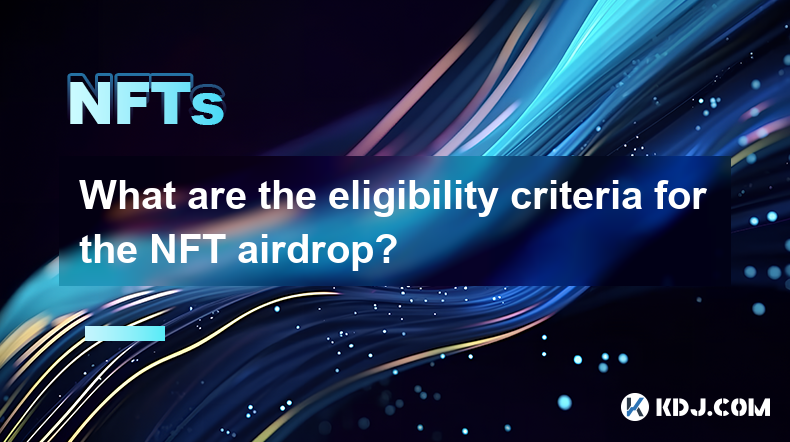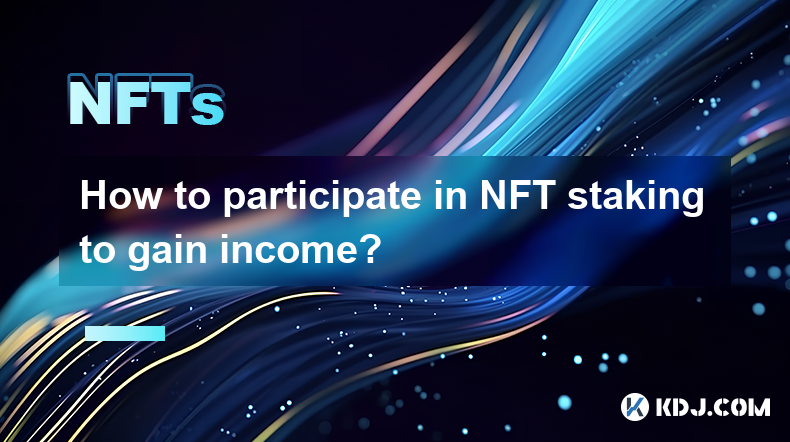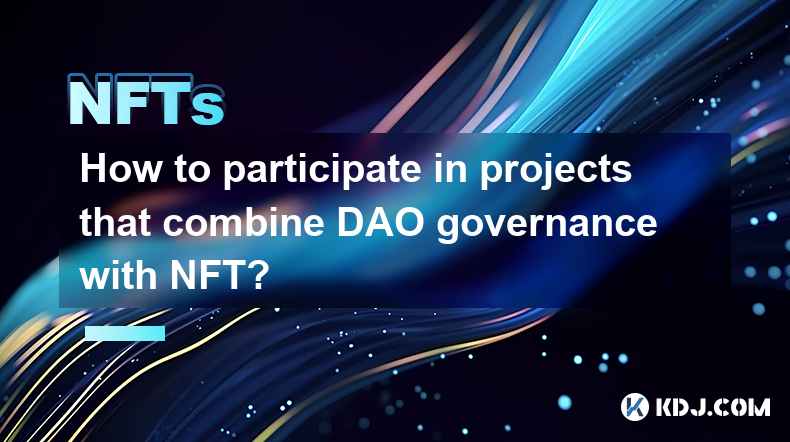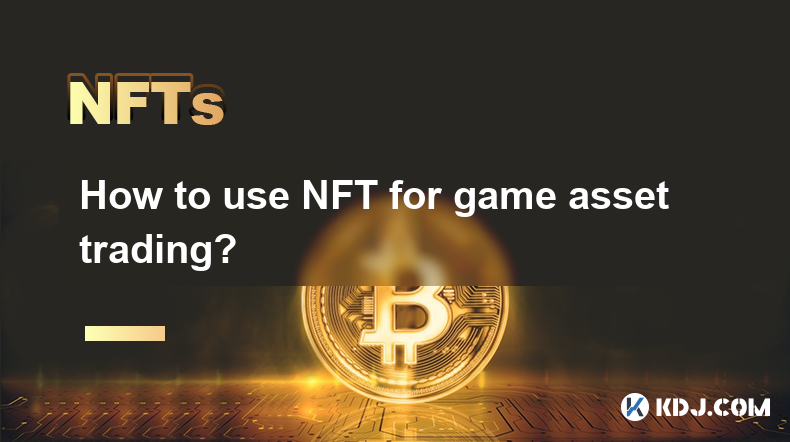-
 Bitcoin
Bitcoin $84,140.6204
-0.65% -
 Ethereum
Ethereum $1,571.7107
-1.08% -
 Tether USDt
Tether USDt $0.9999
-0.01% -
 XRP
XRP $2.0657
-1.57% -
 BNB
BNB $587.0749
0.63% -
 Solana
Solana $131.5042
2.64% -
 USDC
USDC $0.9999
0.00% -
 TRON
TRON $0.2477
-2.84% -
 Dogecoin
Dogecoin $0.1541
-0.47% -
 Cardano
Cardano $0.6147
0.44% -
 UNUS SED LEO
UNUS SED LEO $9.0845
-3.46% -
 Chainlink
Chainlink $12.3082
-0.44% -
 Avalanche
Avalanche $18.9724
-0.49% -
 Toncoin
Toncoin $2.9419
1.59% -
 Stellar
Stellar $0.2373
-0.06% -
 Shiba Inu
Shiba Inu $0.0...01167
-1.19% -
 Sui
Sui $2.0762
-1.59% -
 Hedera
Hedera $0.1594
0.08% -
 Bitcoin Cash
Bitcoin Cash $329.6626
2.63% -
 Polkadot
Polkadot $3.5903
0.80% -
 Litecoin
Litecoin $74.4026
-0.45% -
 Hyperliquid
Hyperliquid $16.1660
1.52% -
 Dai
Dai $1.0000
-0.01% -
 Bitget Token
Bitget Token $4.3245
-0.26% -
 Ethena USDe
Ethena USDe $0.9991
-0.01% -
 Pi
Pi $0.6112
-1.00% -
 Monero
Monero $215.3188
-1.23% -
 Uniswap
Uniswap $5.1249
-1.18% -
 OKB
OKB $50.3147
-2.91% -
 Pepe
Pepe $0.0...07131
-0.66%
How does NFT Data Analytics provide insights into the NFT market?
NFT data analytics uses blockchain transparency and off-chain data (social media, website traffic) to analyze market trends, individual NFT performance, and collector behavior, empowering informed decisions for investors, creators, and platforms.
Mar 02, 2025 at 01:36 am

Key Points:
- NFT data analytics leverages blockchain transparency to provide granular insights into market trends, individual NFT performance, and collector behavior.
- Analysis of on-chain data reveals trading volume, price fluctuations, sales frequency, and the overall health of various NFT collections.
- Off-chain data, including social media sentiment and website traffic, adds context and predictive power to the analysis.
- These insights are crucial for investors, creators, and platforms navigating the dynamic NFT landscape.
- Understanding these analytical approaches empowers informed decision-making within the NFT ecosystem.
How does NFT Data Analytics provide insights into the NFT market?
The NFT market, known for its volatility and rapid innovation, benefits greatly from robust data analytics. Unlike traditional markets, the transparent nature of blockchain technology provides a unique opportunity to analyze transaction data with unprecedented detail. This allows for a deeper understanding of market trends and individual NFT performance.
Analyzing on-chain data is fundamental to understanding NFT market dynamics. This data, directly from the blockchain, includes transaction details like the sale price, timestamp, and buyer/seller addresses. By aggregating this information, analysts can track trading volume, identify price fluctuations, and determine the frequency of sales for specific NFTs or collections. This granular level of detail provides a clearer picture of the overall health of a particular collection or the market as a whole. Identifying consistent patterns in trading activity can signal potential trends.
Beyond raw transaction data, on-chain analytics can also reveal information about the holders of specific NFTs. Analyzing the wallets holding particular NFTs can highlight concentration of ownership, indicating potential whales or influential collectors. This can provide valuable information for predicting future price movements or identifying high-demand projects. Understanding the flow of NFTs between wallets helps to track the movement of assets within the ecosystem.
Off-chain data, while not directly from the blockchain, plays a significant role in enriching the analytical picture. This data includes information gathered from various sources such as social media platforms, dedicated NFT marketplaces, and project websites. Sentiment analysis of social media posts concerning specific NFTs or collections provides insights into public perception and potential market interest.
Analyzing website traffic data for NFT projects can indicate levels of community engagement and interest. A surge in website visits might correlate with increased trading volume or price appreciation. Conversely, a decline in website traffic could suggest waning interest. Integrating both on-chain and off-chain data provides a holistic view, allowing for a more accurate and comprehensive understanding of the NFT market.
Sophisticated data analytics techniques, including machine learning and predictive modeling, are increasingly employed to extract meaningful insights from this combined data set. These advanced methods can help identify emerging trends, predict price movements, and assess the risk associated with different NFT investments. The application of these techniques allows for more nuanced interpretations of the market data.
For NFT creators, data analytics provides invaluable feedback on their projects. Analyzing sales data helps creators understand the market demand for their work, allowing them to adapt their strategies accordingly. Understanding which aspects of their NFTs resonate with collectors allows for informed decisions about future creations.
For NFT marketplaces, data analytics is crucial for optimizing platform performance and user experience. Analyzing trading activity helps platforms identify high-demand NFTs and optimize their presentation. Understanding user behavior allows for the development of features that enhance user engagement and satisfaction. Effective data analysis helps to maintain a healthy and thriving marketplace.
Investors in the NFT space rely heavily on data analytics to inform their investment decisions. Analyzing market trends, identifying undervalued assets, and assessing the risk associated with different investments is crucial for successful trading. Access to reliable data and sophisticated analytical tools can significantly improve investment outcomes.
Data visualization techniques are essential for effectively communicating the insights derived from NFT data analytics. Charts, graphs, and dashboards present complex data in an easily understandable format, making it accessible to both technical and non-technical audiences. Visual representations aid in the identification of patterns and trends.
Common Questions and Answers:
Q: What are the limitations of NFT data analytics?
A: While powerful, NFT data analytics is not without limitations. Data accuracy depends on the reliability of the sources. Manipulated data or incomplete datasets can lead to inaccurate conclusions. Furthermore, predicting future price movements remains challenging due to the inherent volatility of the market. Finally, off-chain data can be difficult to quantify and integrate effectively.
Q: What types of software or tools are used for NFT data analytics?
A: A variety of tools are used, ranging from simple spreadsheet software for basic analysis to sophisticated data analytics platforms employing machine learning. Specialized NFT analytics dashboards and APIs provide pre-processed data and analytical capabilities. Programming languages like Python are often used for custom analysis.
Q: How can I access NFT data for my own analysis?
A: Many blockchain explorers provide free access to on-chain data. APIs from various NFT marketplaces can provide programmatic access to sales and listing data. Social media data can be accessed through public APIs or scraping tools. However, ethical considerations and respecting terms of service are crucial.
Q: Is NFT data analytics only for experts?
A: While advanced techniques require expertise, basic NFT data analysis is accessible to anyone. Many platforms provide user-friendly dashboards displaying key metrics. Learning basic data analysis techniques can significantly improve understanding of the NFT market.
Q: How can NFT data analytics help me identify potential scams?
A: Analyzing on-chain data can reveal suspicious patterns, such as unusually high trading volumes or concentrated ownership among a few addresses. Analyzing social media sentiment can help identify projects generating hype without underlying value. Careful cross-referencing of data sources is essential for identifying red flags.
Disclaimer:info@kdj.com
The information provided is not trading advice. kdj.com does not assume any responsibility for any investments made based on the information provided in this article. Cryptocurrencies are highly volatile and it is highly recommended that you invest with caution after thorough research!
If you believe that the content used on this website infringes your copyright, please contact us immediately (info@kdj.com) and we will delete it promptly.
- Kaspa (KAS) Price Prediction Hints at Accumulation Before Potential Surge
- 2025-04-17 22:15:13
- FET Price Prediction: Artificial Superintelligence Alliance (FET) Cryptocurrency Rebounds 10%
- 2025-04-17 22:15:13
- U.S. President Donald Trump Slammed Fed Chair Jerome Powell
- 2025-04-17 22:15:12
- Running a laundromat can't be as "easy" as potential investors may believe it is
- 2025-04-17 22:15:12
- BlockDAG (BDAG) Presale Explosion and Mobile Mining Powerhouse
- 2025-04-17 22:05:12
- Solana (SOL) Price Prediction: Eyes on $180 as Structure Turns Bullish
- 2025-04-17 22:05:12
Related knowledge

What are the eligibility criteria for the NFT airdrop?
Apr 17,2025 at 04:56pm
Understanding NFT AirdropsNFT airdrops are a popular method used by blockchain projects to distribute non-fungible tokens (NFTs) to their community members. These airdrops can serve various purposes, such as rewarding loyal users, promoting new projects, or increasing the visibility of existing ones. To participate in an NFT airdrop, individuals must me...

How to combine traditional artworks with NFTs?
Apr 17,2025 at 12:35am
The integration of traditional artworks with Non-Fungible Tokens (NFTs) represents a fascinating intersection of art and technology, offering artists and collectors new ways to engage with and monetize art. This article will explore how traditional artworks can be combined with NFTs, providing a detailed guide on the process, benefits, and consideration...

How to participate in NFT staking to gain income?
Apr 17,2025 at 06:14pm
Participating in NFT staking to generate income has become an increasingly popular method within the cryptocurrency community. NFT staking involves locking up your Non-Fungible Tokens in a smart contract to earn rewards, typically in the form of additional tokens or other benefits. This guide will walk you through the process of participating in NFT sta...

How to make music or video files into NFTs?
Apr 16,2025 at 10:29pm
Creating music or video files into Non-Fungible Tokens (NFTs) has become an increasingly popular way for artists and creators to monetize their work directly. This process involves converting your digital content into a unique token on a blockchain, which can then be bought, sold, or traded. Here’s a detailed guide on how to transform your music or vide...

How to participate in projects that combine DAO governance with NFT?
Apr 17,2025 at 10:14am
Participating in projects that combine DAO governance with NFTs offers a unique opportunity to engage with decentralized communities and digital assets. These projects often involve voting on project decisions and owning unique digital tokens that can represent membership, access, or other benefits. Here's a detailed guide on how to participate in such ...

How to use NFT for game asset trading?
Apr 17,2025 at 12:21pm
Using Non-Fungible Tokens (NFTs) for game asset trading has become an increasingly popular method for gamers and developers alike to buy, sell, and trade unique in-game items. NFTs provide a way to prove ownership and authenticity of digital assets, making them perfect for trading game items that have unique characteristics and value. In this article, w...

What are the eligibility criteria for the NFT airdrop?
Apr 17,2025 at 04:56pm
Understanding NFT AirdropsNFT airdrops are a popular method used by blockchain projects to distribute non-fungible tokens (NFTs) to their community members. These airdrops can serve various purposes, such as rewarding loyal users, promoting new projects, or increasing the visibility of existing ones. To participate in an NFT airdrop, individuals must me...

How to combine traditional artworks with NFTs?
Apr 17,2025 at 12:35am
The integration of traditional artworks with Non-Fungible Tokens (NFTs) represents a fascinating intersection of art and technology, offering artists and collectors new ways to engage with and monetize art. This article will explore how traditional artworks can be combined with NFTs, providing a detailed guide on the process, benefits, and consideration...

How to participate in NFT staking to gain income?
Apr 17,2025 at 06:14pm
Participating in NFT staking to generate income has become an increasingly popular method within the cryptocurrency community. NFT staking involves locking up your Non-Fungible Tokens in a smart contract to earn rewards, typically in the form of additional tokens or other benefits. This guide will walk you through the process of participating in NFT sta...

How to make music or video files into NFTs?
Apr 16,2025 at 10:29pm
Creating music or video files into Non-Fungible Tokens (NFTs) has become an increasingly popular way for artists and creators to monetize their work directly. This process involves converting your digital content into a unique token on a blockchain, which can then be bought, sold, or traded. Here’s a detailed guide on how to transform your music or vide...

How to participate in projects that combine DAO governance with NFT?
Apr 17,2025 at 10:14am
Participating in projects that combine DAO governance with NFTs offers a unique opportunity to engage with decentralized communities and digital assets. These projects often involve voting on project decisions and owning unique digital tokens that can represent membership, access, or other benefits. Here's a detailed guide on how to participate in such ...

How to use NFT for game asset trading?
Apr 17,2025 at 12:21pm
Using Non-Fungible Tokens (NFTs) for game asset trading has become an increasingly popular method for gamers and developers alike to buy, sell, and trade unique in-game items. NFTs provide a way to prove ownership and authenticity of digital assets, making them perfect for trading game items that have unique characteristics and value. In this article, w...
See all articles























































































